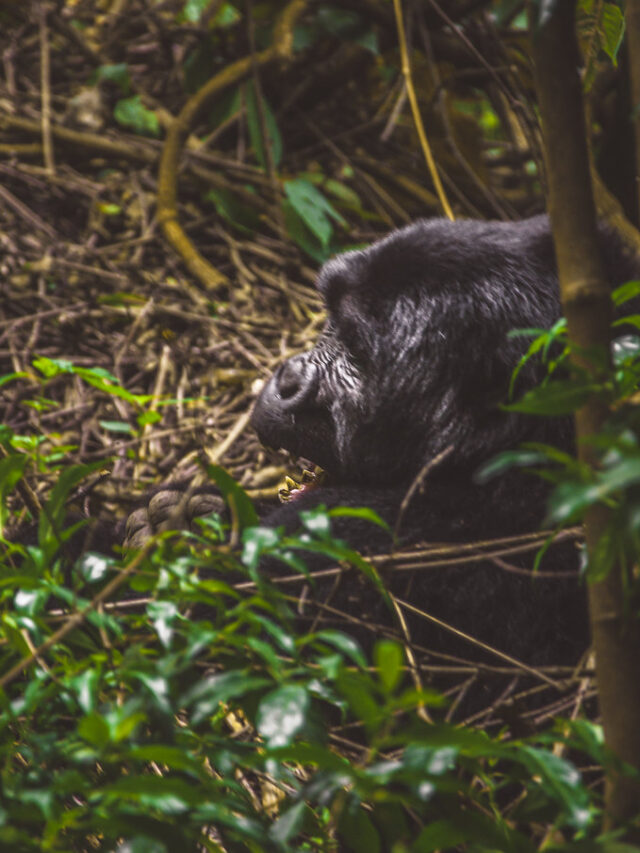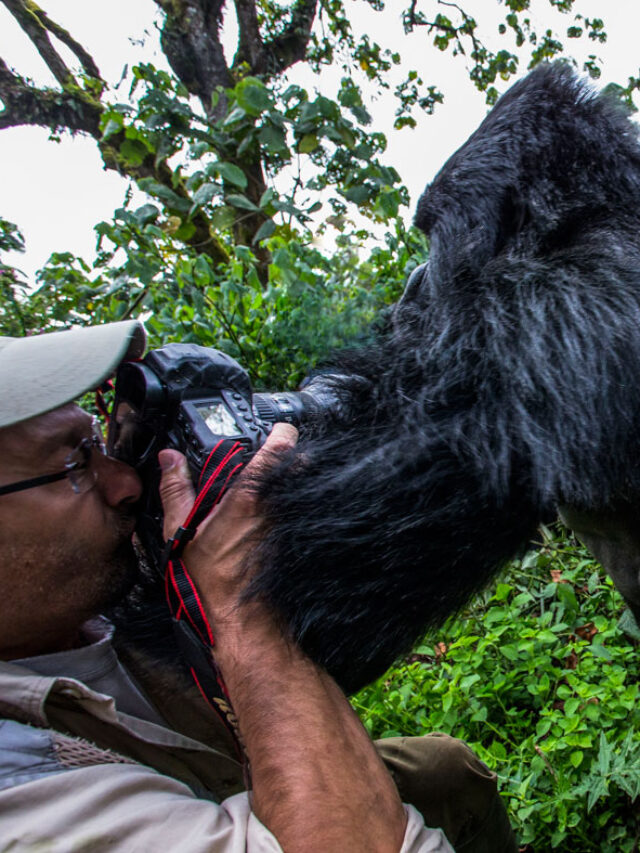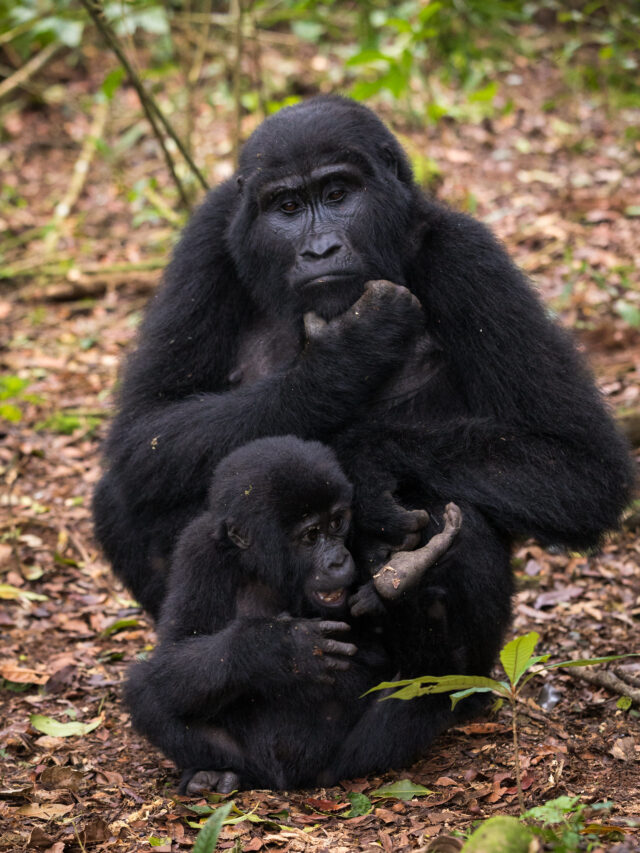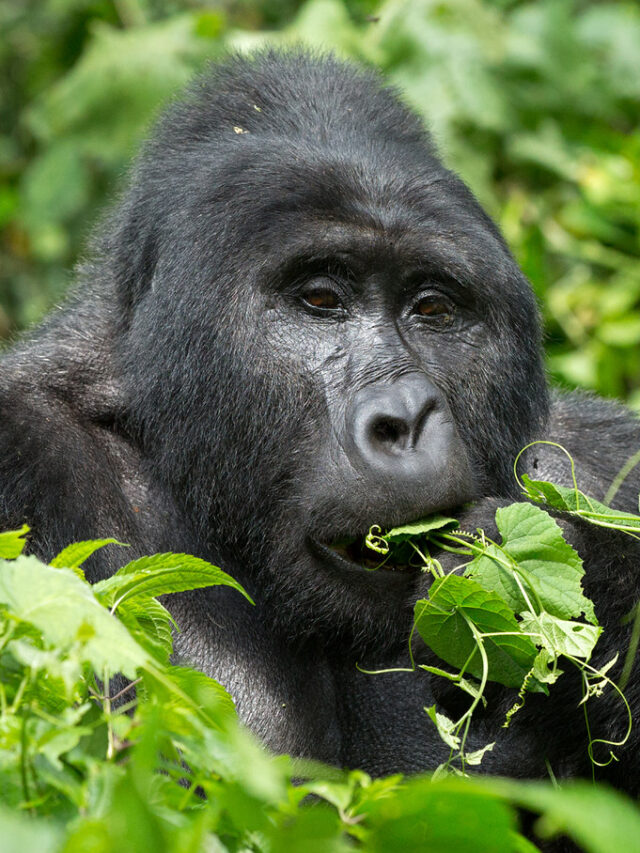Toro-Semliki Wildlife Reserve: Uganda’s Untold Story of Primal Beauty and Recovery
Where Uganda’s Rift Valley Cradles Forgotten Wilderness
Nestled along the floor of the Albertine Rift Valley, gently cradled between the misty Rwenzori Mountains and the shores of Lake Albert, the Toro-Semliki Wildlife Reserve is Uganda’s oldest protected conservation area—and one of its most understated natural treasures. Established in 1926, long before many of Africa’s great parks came into existence, Toro-Semliki holds a special place in the history of wildlife conservation. But more than its age, it’s the sense of solitude, rawness, and redemption that makes this 542-square-kilometer reserve so unique.
This is a place where you don’t feel like a tourist—you feel like a discoverer. The wide-open savannahs, interspersed with Borassus palm groves, acacia woodlands, and swamps, create a landscape that feels wild, open, and alive. Bordered to the west by the Semliki River, which forms the natural frontier with the Democratic Republic of Congo, the reserve is also part of a greater transboundary ecosystem that makes it ecologically critical.
A Reserve of Comeback Stories and Rare Encounters
At first glance, Toro-Semliki might seem quiet compared to its bigger counterparts like Queen Elizabeth or Murchison Falls National Parks. But beneath its subtle surface lies a remarkable story of wildlife resilience and ecosystem revival. Once heavily poached and nearly stripped of its big game during past decades of civil unrest and insecurity, the reserve has been slowly rising back to life.
Thanks to committed conservation efforts by the Uganda Wildlife Authority and its partners, Toro-Semliki has seen rebounding populations of elephants, buffaloes, and Uganda kob. Visitors may also encounter waterbucks, warthogs, bushbucks, and hippos along the Semliki River’s marshy banks. The rare giant forest hog, the largest wild pig species in Africa, thrives here, while savannah and forest elephants are both present—testament to the reserve’s positioning at the ecological crossroads between dry and forested habitats.
But perhaps one of the most intriguing sightings is the leopard. Although elusive and shy, these spotted predators have been recorded in the reserve and occasionally offer sightings during dawn or dusk game drives. The African golden cat, an extremely rare feline, is also believed to inhabit the reserve’s forested patches—making it an area of growing interest for wildlife researchers.
Birdwatchers find Toro-Semliki irresistible. With over 440 bird species documented, including shoebills, red-throated bee-eaters, African fish eagles, and yellow-throated cuckoos, the reserve is a birder’s paradise. Its strategic location between the Congo basin and the East African savannahs gives it a hybrid birdlife not commonly seen elsewhere in Uganda.
A Conservation Landscape with Community at Its Heart
What makes Toro-Semliki more than just a wildlife reserve is its deep integration with the communities that surround it. The reserve lies within the historical kingdom of Toro and is surrounded by Basongora, Batuku, and Bakonzo communities—groups that have lived on and with this land for generations.
For decades, human-wildlife conflict, cattle encroachment, and poaching were serious threats. But today, a new chapter is unfolding. Community wildlife scouts, eco-tourism revenue-sharing, and education programs are gradually rebuilding trust and ensuring that the local people benefit from the reserve’s protection. The story of Toro-Semliki is no longer just about saving animals—it’s about safeguarding a shared future between people and nature.
Its connectivity to nearby Semuliki National Park and Rwenzori Mountains National Park also strengthens its role as a corridor for species movement, especially for elephants, and makes it vital in the region’s broader biodiversity conservation network.
Safari in Silence: Exploring the Lesser-Known
One of the most compelling reasons to visit Toro-Semliki is the experience of a safari far from the crowds. There are no lines of vehicles, no engine hums interrupting birdcalls, and no luxury lodges built to dominate the landscape. This is raw Africa. This is silence, broken only by the low grunt of a buffalo or the distant cry of an eagle gliding over the rift valley.
Visitors to the reserve can embark on guided game drives, riverine walks, and birdwatching tours. The Semliki Safari Lodge, one of the most intimate eco-lodges in the region, offers a secluded retreat for those looking to explore the wilderness in comfort while still respecting the natural setting.
One of the reserve’s most unforgettable features is the viewpoint overlooking Lake Albert, where on a clear day, the shimmering water meets the far Congo hills, and the air is heavy with history, mystery, and the promise of discovery.
The Unwritten Future of Toro-Semliki
While it doesn’t have the fame of Bwindi or the grandeur of Murchison Falls, Toro-Semliki holds something arguably more profound—space, silence, and soulful encounters. Its future lies in sustainable tourism, scientific research, and its role as a biodiversity bridge between different ecosystems and communities.
The reserve invites a new kind of traveler: those who seek authenticity over luxury, stories over selfies, and a chance to be part of a conservation journey still being written. The comeback of Toro-Semliki isn’t just a story of animals returning—it’s about a land reclaiming its wild heart and sharing it with the few who venture to know it.











